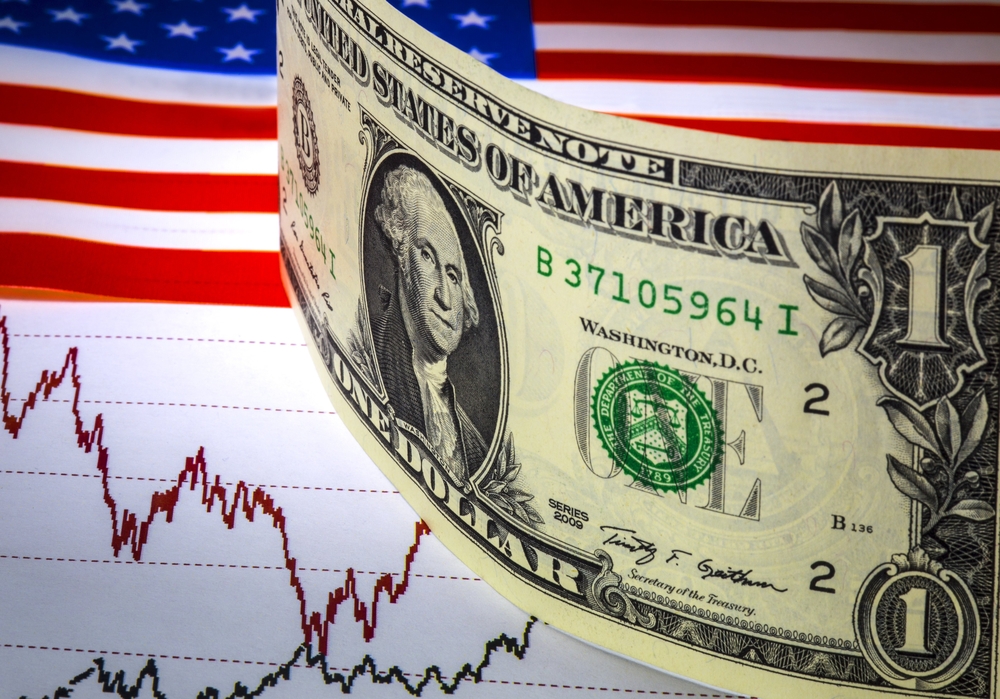The US dollar gained ground on Tuesday as traders weighed the contrasting economic outlooks for the world’s two largest economies. China’s trade data for July showed a sharp decline in both imports and exports, indicating a weak recovery from the pandemic. Meanwhile, the US economy appeared to be more resilient, despite the Fed’s aggressive rate hikes and inflation pressures.

China’s Trade Slump
China’s trade performance in July was much worse than expected, with imports falling 12.4% year-on-year and exports dropping 14.5%. This was another sign of the country’s slowing economic growth, which has been hampered by COVID-19 outbreaks, supply chain disruptions, and regulatory crackdowns.
The yuan, as well as the Australian and New Zealand dollars, which are often seen as proxies for China’s economy, initially plunged in response to the dismal figures. However, they later pared some of their losses as traders speculated that the weak data would prompt more stimulus measures from Beijing.
The offshore yuan hit a more than two-week low of 7.2334 per dollar, while its onshore counterpart also reached a more than two-week low of 7.2223 per dollar.
The Australian dollar fell 0.38% to $0.6549, while the New Zealand dollar slipped 0.55% to $0.60735.
“These weaker exports and imports only underline weak external and domestic demand in the Chinese economy,” said Carol Kong, foreign exchange strategist at Commonwealth Bank of Australia.
“I think markets are becoming increasingly insensitive to disappointing Chinese economic data… We’ve come to a point where weak data will only increase calls for further policy support.”
US Dollar Rises
The US dollar rose sharply and gained 0.6% against its Japanese counterpart. The last time it was 143.26 yen.
Japan’s real wages fell for the 15th consecutive month in June as prices continued to rise, but nominal wage growth remained robust due to higher earnings for high-income workers and a worsening labor shortage.
The dollar’s strength was also supported by the positive sentiment in the US stock market, which rallied on Monday after a mixed jobs report on Friday. The report showed that the US economy added fewer jobs than expected in July, but the unemployment rate fell and wage growth accelerated.
This suggested that the US labor market was cooling but still healthy, easing some of the fears of a hard landing scenario for the world’s largest economy amid the Fed’s tightening cycle.
All eyes are now on Thursday’s inflation data, which is expected to show that core consumer prices in the US rose 4.8% year-on-year in July.

“Some will argue that US economic growth is currently very robust, which will naturally increase inflation risk,” said Gary Dugan, chief investment officer at Dalma Capital.
“As the Fed’s interest rate policy remains data-driven, every data point requires an even higher level of vigilance.”
The pound sterling fell 0.25% to $1.2753, while the euro fell 0.09% to $1.0991.
The single currency suffered a setback on Monday after data showed that German industrial production fell more than expected in June. The dollar index rose 0.18% to 102.26, bouncing back from a weekly low it hit on Friday after the jobs report.


